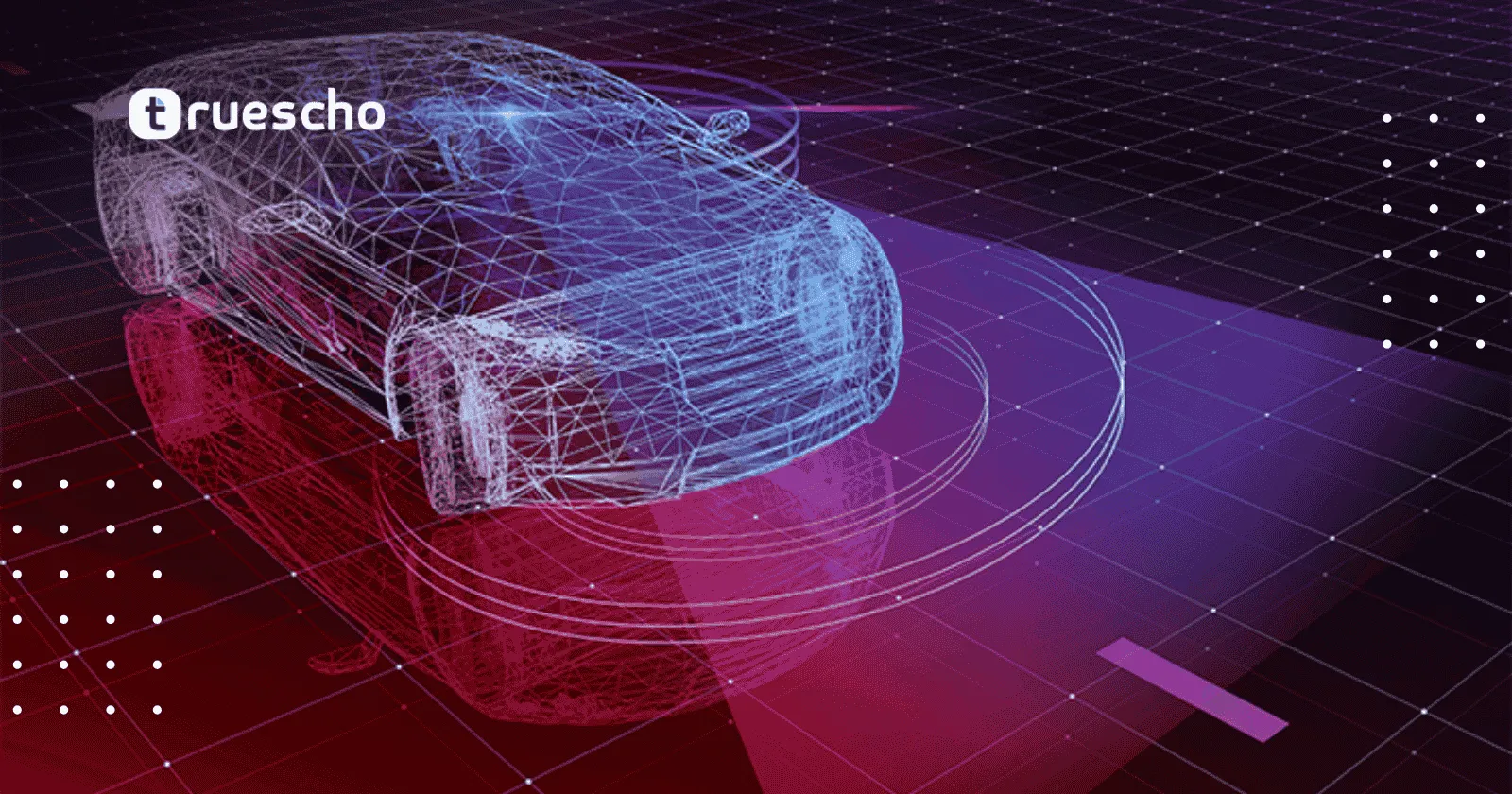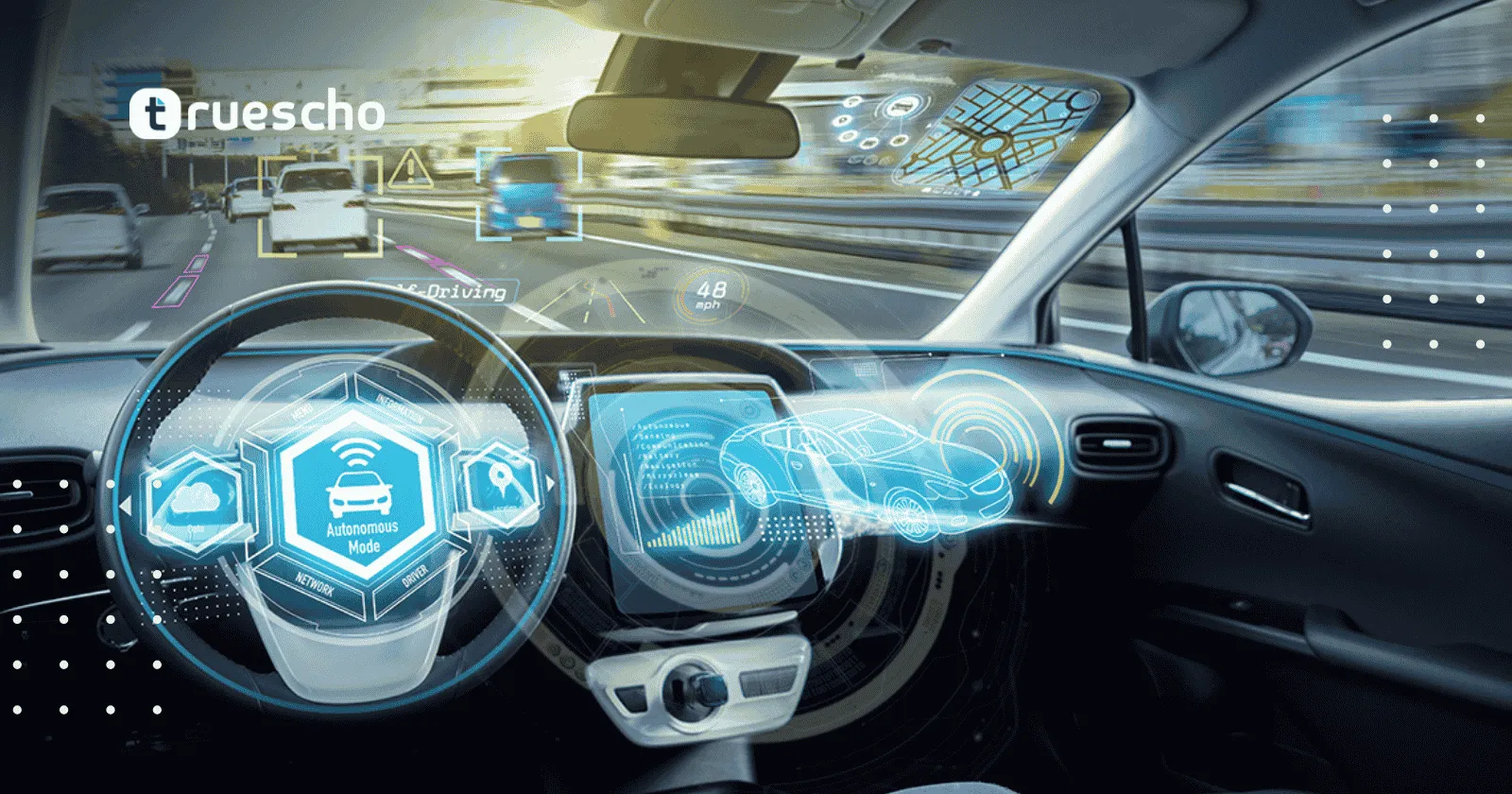Wayve CEO shares his key ingredients for scaling autonomous driving tech
Table of Contents
- Innovative Autonomous Driving Approach
- Empowering OEM Partnerships with a Cost-Effective Model
- Key Advantages for Automotive Partners
- Data-Driven Learning and ADAS Implementation
- Embracing a Scalable AI-Driven Future
- Comparing Industry Approaches
- Wayve’s Generative World Model: GAIA-2
- Benefits of a Generative Learning Model
- Taking Autonomous Driving to the Next Level
- Key Ingredients for Scaling Self-Driving Technology
- Conclusion
Innovative Autonomous Driving Approach
Wayve’s approach is founded on an end-to-end, data-driven learning system, where the technology’s decisions are a direct result of what it “sees” through a suite of sensors such as cameras and radars. Instead of depending on pre-coded maps or rules-based algorithms typical of earlier self-driving systems, Wayve’s software processes raw sensor data to make instantaneous driving decisions. This flexible method not only simplifies the infrastructure but also mitigates the need for expensive hardware upgrades.
The company’s strategy is about building a sustainable platform that scales across different vehicles. By ensuring that its system can integrate seamlessly with existing sensor arrays on production vehicles, Wayve is paving the way for a broader adoption of autonomous tech in the automotive industry. This concept has caught the attention of several investors, bolstering the company’s potential to form long-term strategic partnerships with major automotive manufacturers.
Read also: N8N AI Agent: Breakthrough MCP Update
Empowering OEM Partnerships with a Cost-Effective Model
One of the major selling points of Wayve’s technology is its affordability. Kendall explains that the system is intentionally designed to be inexpensive to run, which in turn makes it an attractive proposition for original equipment manufacturers (OEMs). The ability to work with an existing sensor suite—typically consisting of surround cameras and radar—means that OEMs need not incur additional costs on specialized hardware for integrating advanced driver-assistance systems.
Furthermore, Wayve’s software is silicon agnostic. This flexibility allows the technology to operate on various GPU architectures already used by automotive partners, ensuring that the deployment process is smooth and compatible with a wide range of vehicles. Even though Wayve’s current development fleet utilizes Nvidia’s Orin system-on-a-chip, the company is committed to keeping its software adaptable to evolving hardware standards.
Key Advantages for Automotive Partners
OEMs looking to adopt advanced self-driving technology can benefit from several advantages by incorporating Wayve’s system:
- Cost Efficiency: The software is designed to work with existing vehicle sensors, eliminating the need for additional investments in hardware.
- Scalability: By starting its commercialization at the ADAS level, the company can gradually expand the system’s capabilities as more data is collected.
- Flexibility: The hardware-agnostic nature ensures that Wayve’s solution seamlessly supports various vehicle platforms and sensor configurations.
Read also: OpenAI Optimus Alpha
Data-Driven Learning and ADAS Implementation
At the core of Wayve’s technology is its reliance on a fully integrated, data-driven learning system. The concept is straightforward yet powerful—by processing live sensor inputs, the system learns to perform critical driving maneuvers such as braking and turning without relying on detailed, pre-mapped environments. This approach not only reduces dependency on HD maps but also allows the system to adapt to complex, real-world situations that it may not have encountered during its initial training phases.
Commercializing the system at the ADAS level is a calculated step, as it helps create a stable business model while gathering the necessary data for further innovation. As more vehicles are equipped with Wayve’s autonomous software, the increased data exposure provides invaluable feedback. This continuous learning cycle is vital for improving performance and, eventually, reaching Level 4 autonomy—where the system can independently handle most driving scenarios under defined conditions without human intervention.
Embracing a Scalable AI-Driven Future
The forward-thinking philosophy at Wayve echoes similar strategies seen in other companies at the forefront of autonomous technology. In a manner reminiscent of pioneers in the field, the company has taken bold steps to focus on a learning-based algorithm that simplifies rather than over-complicates the driving process. By embracing an end-to-end learning model, Wayve is opening the door for continuous improvement through real-world data collection. This philosophy not only enhances performance in existing environments but also prepares the system to handle unforeseen challenges on the road.
Wayve’s method contrasts with approaches that rely heavily on predetermined rules or comprehensive mapping infrastructures. Instead, the emphasis is on creating a self-driving system that can figure out how to react intelligently to diverse situations, even those it has never explicitly encountered during training. This adaptability is key to scaling autonomous driving technology in a way that benefits both manufacturers and end-users.
Comparing Industry Approaches
While some industry leaders choose to minimize sensor dependencies, Wayve is not averse to using additional technologies such as lidar when faster, more resilient responses are required. For instance, if the goal is to have a car navigate complex weather conditions like fog, more sensor inputs can be beneficial. However, Kendall believes that if the autonomous system is trained effectively, it can learn the limitations of camera-based systems and compensate through a cautious, data-informed approach.
This nuanced perspective demonstrates a willingness to strike a balance between sensor inputs. By choosing to integrate lidar selectively rather than as a mandatory component, Wayve’s strategy remains both flexible and cost-efficient, two qualities that are essential for widespread adoption in the ADAS market.

Wayve’s Generative World Model: GAIA-2
A significant element in Wayve’s technological arsenal is its latest generative world model, known as GAIA-2. This world model is designed specifically for autonomous driving and trains the AI driver by processing a mixture of real-world and synthetic data. The training regimen covers a wide array of driving situations, ensuring that the system can handle diverse challenges with a level of human-like adaptability.
By merging inputs from video, text, and a variety of sensor data, GAIA-2 enables Wayve’s AI to learn driving behaviors organically, without the need for meticulously hand-coded responses. According to Kendall, this method leads to emergent driving patterns that are extraordinarily adaptive. The driving decisions made by the system reflect an understanding of complex scenarios and demonstrate a robust ability to perform even when confronted with unfamiliar circumstances.
Read also: Firebase Studio Alternatives
Benefits of a Generative Learning Model
- Adaptability: GAIA-2 allows the system to adapt to varied traffic environments and weather conditions, reflecting a more human-like driving style.
- Data Versatility: By training on extensive datasets that include synthetic scenarios, the AI is better prepared for real-world challenges.
- Continuous Improvement: The consistent feedback loop from live driving conditions feeds into the system’s ongoing refinement process.
This innovative approach sets Wayve apart from competitors who may rely strictly on established mapping techniques or simpler learning models. In doing so, the company is reinforcing its commitment to a vision where autonomy is not just a technological achievement but a holistic system built upon continuous, real-world learning.
Taking Autonomous Driving to the Next Level
The journey toward full autonomy is complex and filled with technical and regulatory challenges. Wayve’s initial focus on ADAS paves the way for incrementally advanced applications that will eventually lead to a fully autonomous (Level 4) system. Kenny’s insights serve as a reminder that innovation in the automotive tech space is iterative and grounded in real-world performance.
By leveraging a robust AI engine that evolves with every mile driven, Wayve is setting the stage for a future where vehicles not only respond intelligently to immediate conditions but also learn continuously, adapting to the ever-changing landscape of road scenarios. This is a prime example of how a strategic blend of machine learning, sensor fusion, and adaptive algorithms can drive the industry forward.
Key Ingredients for Scaling Self-Driving Technology
The conversation around scaling autonomous driving technology often circles back to a few essential components that Wayve’s CEO has emphasized during public discussions and presentations:
- Cost-Effective Operations: Designing a solution that integrates with existing vehicle hardware keeps expenses low and paves the way for broader adoption.
- Hardware Flexibility: By developing software that is compatible with any GPU architecture, the system remains adaptable and future-proof.
- Data-Centric Learning: Embracing an end-to-end learning approach allows the system to make nuanced driving decisions based on real-time inputs, bypassing the limitations of pre-mapped data.
- Modular Sensor Usage: The option to incorporate additional sensors, such as lidar, provides a tactical advantage when higher performance is necessary, without locking the system into one rigid configuration.
These core principles are not only guiding Wayve’s strategic planning but are also proving influential in shaping the future trajectory of self-driving technology in an increasingly competitive market. By focusing on these key ingredients, the CEO has outlined a roadmap that is both pragmatic and visionary, promising a smoother transition toward fully autonomous vehicles while maintaining operational scalability today.
Read also: N8N MCP AI Agent: INSANE NA10 Integration Update
Conclusion
Wayve’s approach to autonomous driving embodies a blend of innovation, practicality, and forward-thinking design. Alex Kendall’s insights highlight a clear pathway for scaling self-driving technology, one that emphasizes cost efficiency, adaptability, and innovation through robust data-driven learning. Whether through a focus on ADAS, the strategic integration of flexible hardware solutions, or the potential of generative models like GAIA-2, Wayve is poised to make significant inroads into mainstream automotive technology.
The lessons shared by the CEO serve as critical ingredients for any organization aiming to navigate the challenges of scaling autonomous driving tech. As the industry evolves, it will be the flexibility and adaptability of these approaches that determine success in a market where technological innovation is unrelenting. The future of self-driving vehicles is unfolding, and Wayve’s strategy might just be the blueprint for the next generation of automotive innovation.
By embracing a comprehensive, data-centric approach and ensuring its solutions are as accessible as they are innovative, Wayve underscores the notion that the journey toward full vehicle autonomy is a process of continuous improvement. As more data is gathered and refined, the gap between advanced driver-assistance and complete autonomy will continue to diminish – ushering in a new era of safe, efficient, and intelligent transportation.



